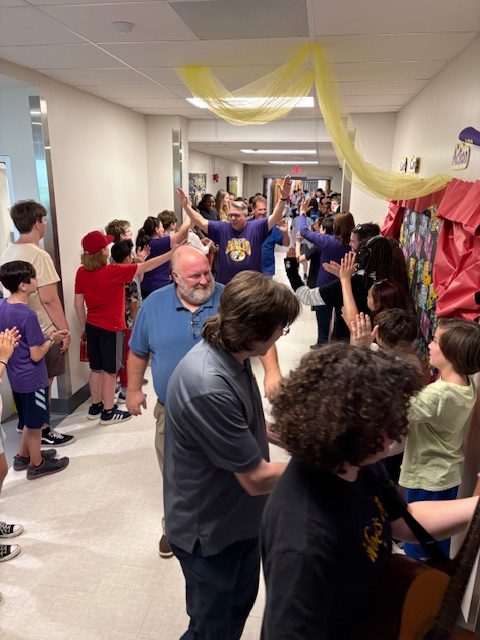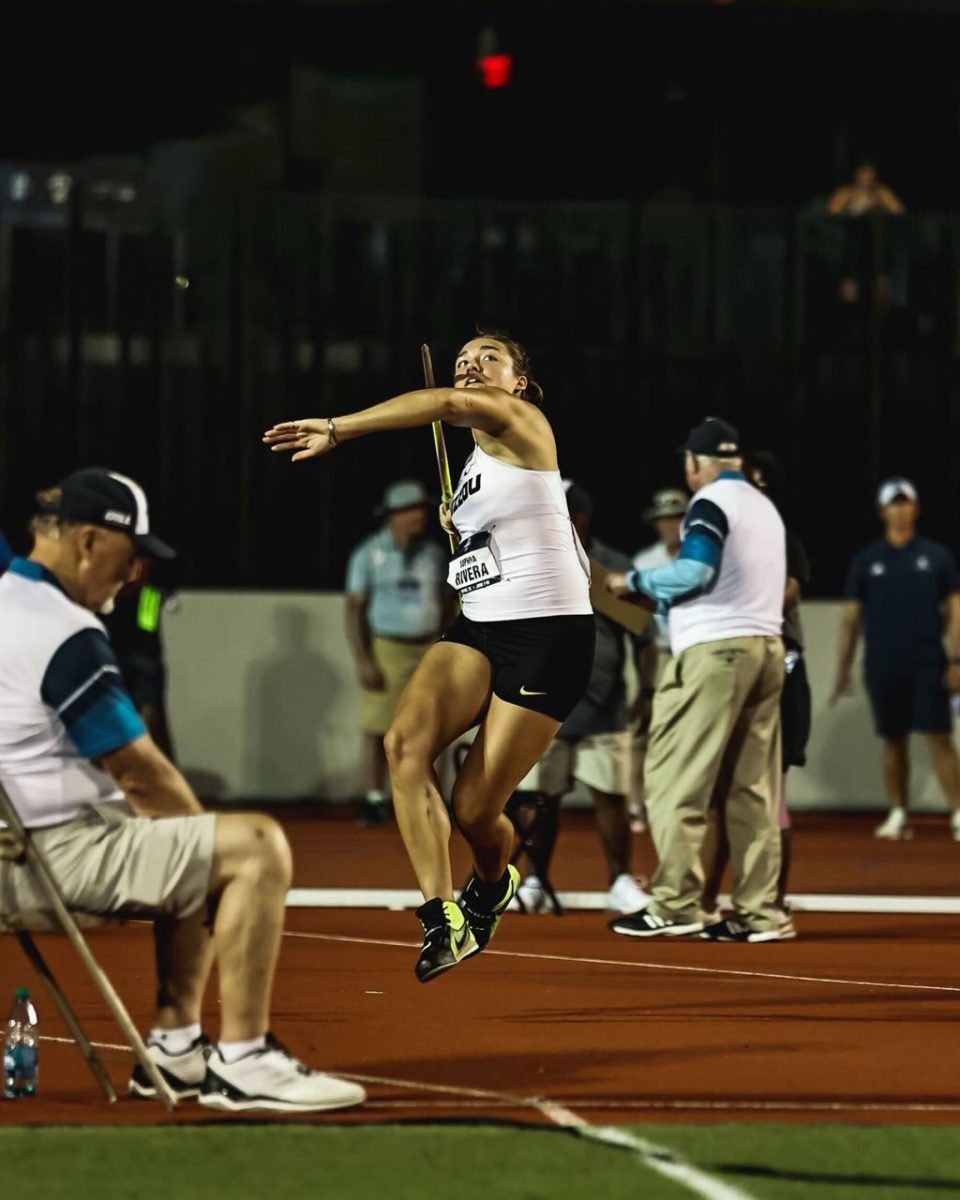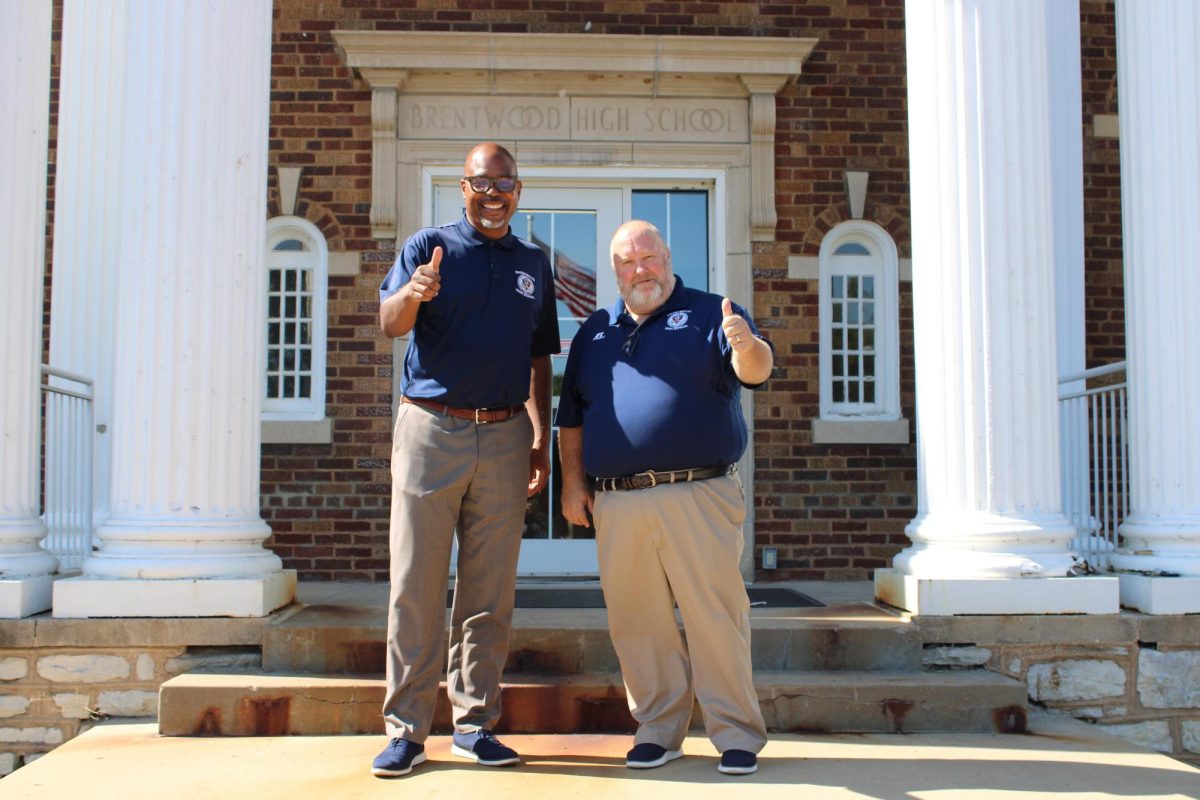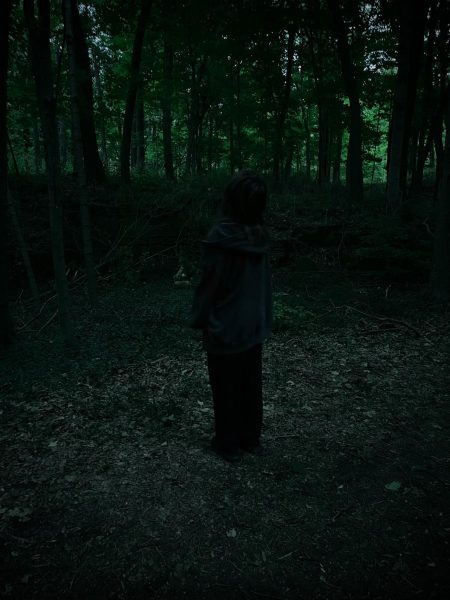From hanging ghosts up for decoration to dressing as vampires, during the month of October, we’re surrounded by the macabre. It’s simply just fun to indulge in the spookiness, the nostalgia, and even the candy. But we also remember the dead and those we have lost during this time. It’s important to honor and remember them, as well as look back to traditions from the past, like the Victorian Era. When you think of Victorians, you might think of their uptight social etiquette and intricate dress, but in addition to being known as super stuffy, they were way freer in their relationship to death.
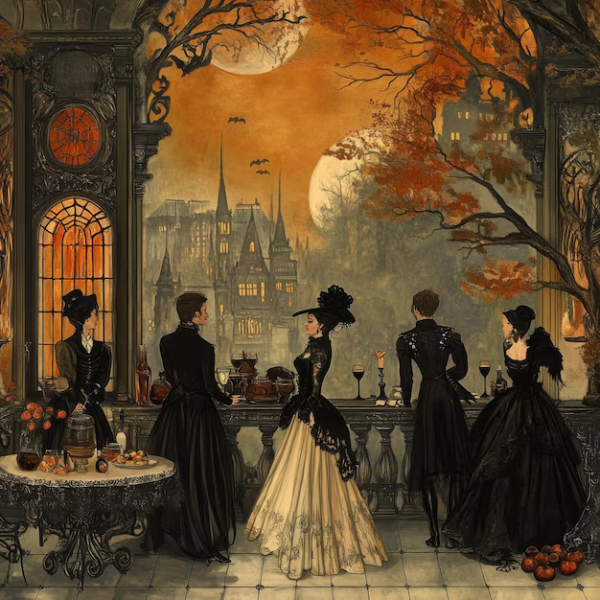
The 63 years of Queen Victoria’s reign over Great Britain and Ireland, beginning in 1837 is what we today call the Victorian Era. During that period, countless breakthroughs were made in science and art, such as photography and electricity. Plus, there is so much classical literature that came out of that era like Dracula, Alice’s Adventures in Wonderland, and A Tale of Two Cities. Despite all the advancements, Victorians dropped like flies, especially their children due to disease and insufficient medical knowledge. With death being so common, the Victorians weren’t afraid of it, in fact, they embraced it with over-the-top funerary and mourning practices.
So, say you were a Victorian and a family member just passed. Most people died in their homes, so the body would be proudly displayed in an open casket in the house until burial. Mirrors were covered by drapes so the deceased family members couldn’t take the living souls with them. There was a purpose for this time of viewing other than honoring the dead, though, it was to make sure the deceased had truly passed.
After that would be the funeral service, usually held in the house unless the person had some status, then it was held in a church. It was a big deal back then if you were invited and didn’t show, so it was important to keep appearances up to attend. You should never wear something new to a funeral, especially shoes. And make sure when the funeral is over, you carry the body out of the home feet first, so the deceased cannot look back and beckon the living to come with them. The body would be transported by a horse to the cemetery where they would be buried, usually with a grave bell attached to the coffin; an invention that prevented premature burial by running a bell through the ground, so if by any chance someone was alive in their coffin, they could let the grave keeper know and be rescued. The fear of being buried alive was so massive during the Victorian Era because there had been alleged incidents of being mistaken as dead and buried. While they were terrified of being buried alive, that’s all they would do with the bodies of the deceased because according to Kim Stacey, an anthropologist, licensed funeral director, and journalist, the Victorians were appalled at the thought of cremation, once again, due to the fear of being buried alive.
Then, you would begin to mourn the family member. Mourning times were different for men and women, as well as different depending on the relationship one had with the dead. According to The Frick Pittsburg Museums and Gardens, widows were expected to mourn for two years, and widowers for one. If you lost a parent or child, you mourned for one year. Between six and nine months for a grandparent, and if a sibling was lost six.
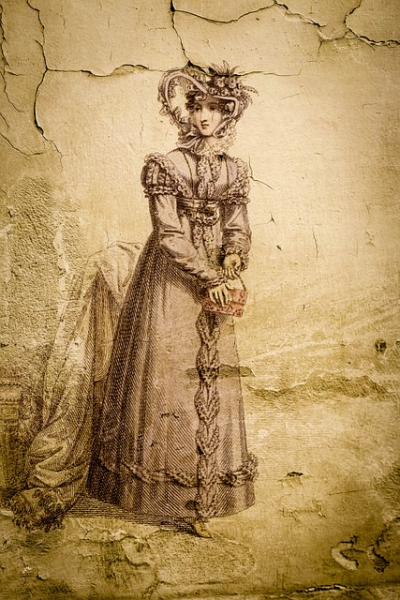
Black mourning attire was popularized by Queen Victoria when she mourned her late husband for forty years, but there’s more than simply wearing black. There are different stages of mourning. In the first stage, deep mourning, you were expected to wear all black and stay in your home. The second stage was half-mourning when you reentered society and wore blacks, greys, and whites, and there are even some records of lavender being worn.
So, where did all of these practices and traditions go? Throughout the 1870s, elaborate mourning and funerals started to decline as people began opting for something a lot more modest and easy to swing financially. But what put a stop to it entirely was the First World War. With the vast number of tragic deaths, there was absolutely no place for elaborate and fancy funerals and mourning practices because it was seen as insensitive and selfish. It also went out of style with the obvious evolution of science and medicine, there’s just no place for Victorian traditions and superstitions in the modern world.
Despite all the outlandish traditions and weird dinner rules, we can still learn a lot from their way of life, especially a major belief the Victorians possessed: Momento Mori, “Remember you will die.” The Victorians did not fear death because they knew it and they coped with the misfortune by honoring and celebrating the person who passed. While we don’t do everything they did, we still honor the deceased today. Momento Mori is not supposed to be frightening or grave, it’s supposed to remind you to live because death is inevitable, and to focus on what you want to do while you’re here and alive!



